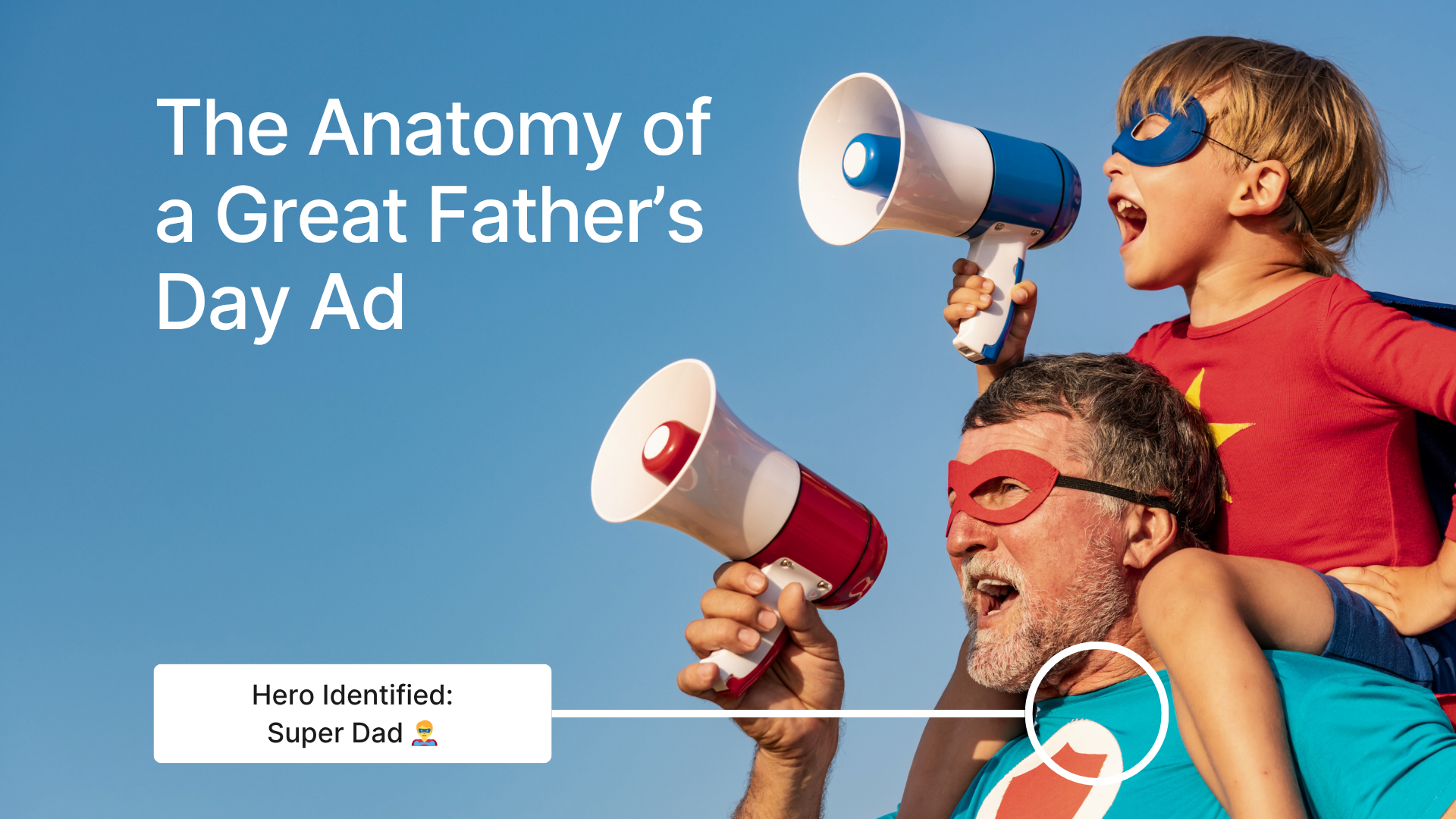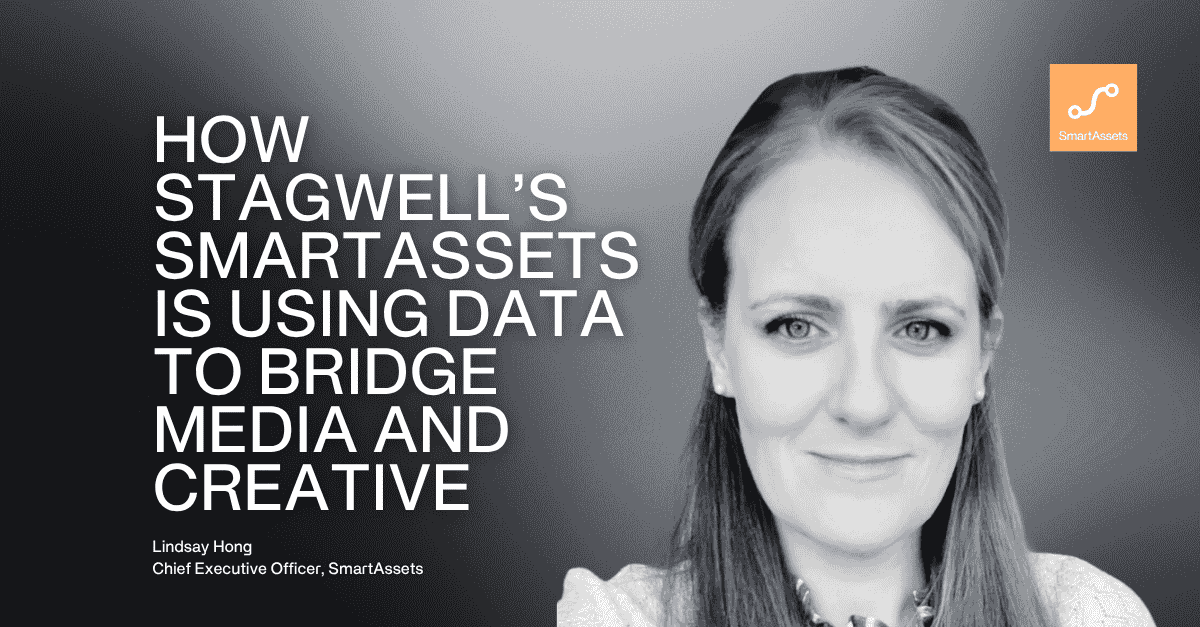The anatomy of a great Father’s Day ad
Some lessons from the past and guidance for the future of dadvertising.

For as many people are rolling their eyes at Father’s Day ads, and the literal dad jokes, there are just as many cracking a smile. More often than not, I’m one of the latter.
Because after years of last-minute sock gifts, personalised mugs and drill sets, advertisers are finally giving us hope with the dawn of “dadvertising”. But, how do these ads tap into the new cultural zeitgeist? And is there more nuance to tapping into self-aware humour, storytelling and emotional resonance for these ads to be effective?
Let’s time-warp to a “back in my day” retrospective to see just how far we’ve come.
“When I was your age, we didn’t have ads”
Father’s Day was a bit of a marketing afterthought.
Whereas Mother’s Day was introduced in the early 20th century, it took Father’s Day a while to catch on and only became an official US holiday in the 1970s. And with it came the ads.
Almost needless to say, the first campaigns were predictable: A tie, a pipe, maybe a car wash. And with an emotional range that fell incredibly flat (somewhere between “he’s a handy fellow” and “he loves sitting in silence”).
But in the past 50 years, we’ve come a long way.
Advertising for the modern dad
Fast-forward to 2025: Dads aren’t stoic side-characters they used to be. They’re dancing on TikTok, crying at school plays, burning toast on YouTube, and yes—starring in much better ads.
Brands like Dove have helped to modernise the narrative over the last decade. One of its recent Father’s Day campaigns, ‘Real Strength', ditched the macho clichés and spotlighted moments of real emotional vulnerability—the omnipresent dad at the beckoning call of his kids, the hugs, the kisses, the dancing and the tickling. It’s refreshing, relatable, and builds value.
The bottom-line is that campaigns that feature a progressive masculine portrayal are 38% more likely to have a positive impact on brand equity, according to new research from Ipsos.
Who doesn’t love a good dad joke?
“Don’t call me later: Call me Dad.”
Perhaps there are limits on the dad jokes, after all. But there has most definitely been a rise in comedic genius and the ‘so bad they’re good’ jokes in ads. The vast majority of which are self-aware. From fully scripted parodies to short-form ads that lean into the awkwardness of gift-giving (cue: branded soap-on-a-rope).
The thing is: Brands are embracing humour as a way to cut through the sentimentality.
This Oreo commercial is the golden standard for me: a boy wakes his Dad late at night, then patiently waits for the clocks to strike Father’s Day—just to eat an Oreo with his sleepless dad. It’s charming, funny, and relatable to the point that I had flashbacks.
This kind of humour works. Studies show that 90% of consumers say they’re more likely to remember a funny ad and 72% would select a humorous brand over the competition. So, if you’re thinking about running a Father’s Day campaign—just remember to make your audience laugh.
So, what’s missing in dadverts?
I recently ran a couple of these ads through SmartAssets’ creative effectiveness tool which breaks ads down at granular-component level, correlates creative against media performance, and provides predictive recommendations for more effective content. Here are some of the high-level learnings that stood out:
- Platform adherence: The best performing assets were designed with the platform in mind. That means tight framing for mobile, fast pacing for platforms where this is the norm, and an early introduction to any branding. For example, the first three seconds of a TikTok are the most important, as this is where viewers will decide whether they want to view the rest of your content according to bigwave.
- Emotional range: Boys do cry; and tears of joy still strike a chord. However, it’s important to find a balance of genuine emotion as these moments resonate the most. Also, assets that showed dads failing adorably—or candid moments of bonding—outperformed more traditional “strong and silent” types by 2.4x in completion rate.
- Relatability: One of the top-performing ads this year featured a dad trying (and failing) to assemble a trampoline. No soundtrack. No special effects. Just chaotic realness. It scored high on attention mapping and viewer retention, meaning you don’t always need a big budget and visual effects to make candidly effective content.
It’s about more than selling products
The modern dad is no longer a one-size-fits-all character. He could be a single parent, a stepdad, a dog dad, a stay-at-home dad, or someone who’s just really good at assembling IKEA furniture.
Consumers are calling out for it.
In fact, 75% of consumers say a brand’s diversity and inclusion reputation impacts their purchase decisions. That includes how families are portrayed—people want real, diverse, and inclusive depictions that reflect modern life.
Brands that win at Father’s Day ads don’t just sell gifts—they capture moments. A sentiment. A truth. Whether that’s love, frustration, or a heartfelt “cheers, Dad”—the emotion is what makes it stick.
After all, socks are still a valid gift
We can laugh about the clichés all day, but if I offered my Dad a novel pair of socks this Father’s Day, he’d most likely respond “just what I needed!” And mean it.
Because Father’s Day isn’t really about the gifts—it’s about the acknowledgement. The raised glass. The badly drawn card. The shared joke. That’s exactly where the best advertising lives: in the truth of real experiences. And capturing those relatable moments is the art of dadvertising.
If you'd like to test the effectiveness of your ads with SmartAssets, you can easily book a free demo here.
Download started, click here if it hasn't already.












